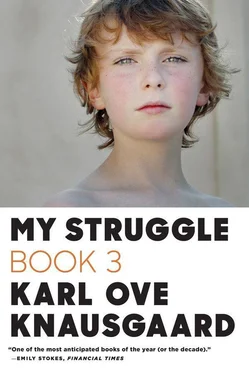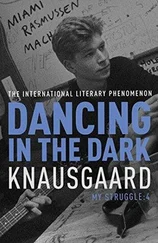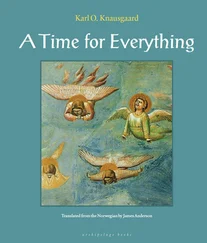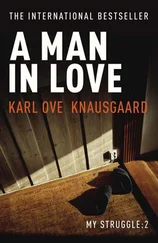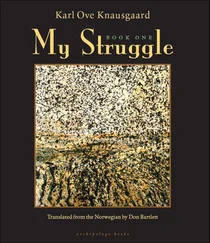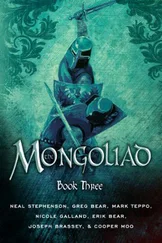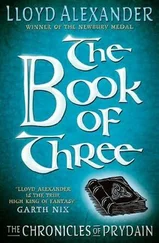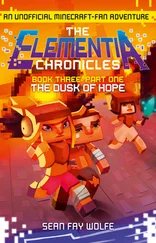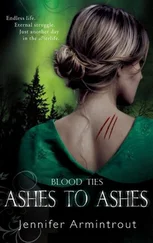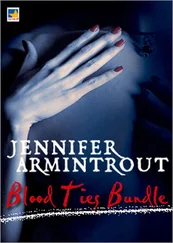This ghetto-like state of incompleteness is what I call my childhood.
Memory is not a reliable quantity in life. And it isn’t for the simple reason that memory doesn’t prioritize the truth. It is never the demand for truth that determines whether memory recalls an action accurately or not. It is self-interest that does. Memory is pragmatic, it is sly and artful, but not in any hostile or malicious way; on the contrary, it does everything it can to keep its host satisfied. Something pushes a memory into the great void of oblivion, something distorts it beyond recognition, something misunderstands it totally, something, and this something is as good as nothing, recalls it with sharpness, clarity, and accuracy. That which is remembered accurately is never given to you to determine.
In my case, any memory of my first six years is virtually nonexistent. I remember hardly anything. I have no idea who took care of me, what I did, who I played with, it has all completely gone, the years 1969–1974 are a great big hole in my life. The little I can muster is of scant value: I am standing on a wooden bridge in a sparse, high-altitude forest, beneath me rushes a torrent, the water is green and white, I am jumping up and down, the bridge is swaying and I am laughing. Beside me is Geir Prestbakmo, a boy from the neighborhood, he is jumping up and down and laughing, too. I am sitting on the rear seat of a car, we are waiting at the light, Dad turns and says we are in Mjøndalen. We are going to an IK Start game, I’ve been told, but I can’t remember a thing about the trip there, the soccer match, or the journey home. I am walking up the hill outside the house pushing a big plastic truck; it is green and yellow and gives me an absolutely fantastic feeling of riches and wealth and happiness.
That is all. That is my first six years.
But these are canonized memories, already established at the age of seven or eight, the magic of childhood: my very first memories! However, there are other kinds of memories. Those that are not fixed and cannot be evoked by will, but that at odd moments let go, as it were, and rise into my consciousness of their own accord and float around there for a while like transparent jellyfish, roused by a certain smell, a certain taste, a certain sound … these are always accompanied by an immediate, intense feeling of happiness. Then there are the memories associated with the body, when you do something you used to do: shield your eyes from the sun with your arm, catch a ball, run across a meadow with a kite in your hand and your children hard on your heels. There are memories that accompany emotions: sudden anger, sudden tears, sudden fear, and you are where you were, as if hurled back inside yourself, propelled through the ages at breakneck speed. And then there are the memories associated with a landscape, for landscape in childhood is not like the landscape that follows later; they are charged in very different ways. In that landscape every rock, every tree had a meaning, and because everything was seen for the first time and because it was seen so many times, it was anchored in the depths of your consciousness, not as something vague or approximate, the way the landscape outside a house appears to adults if they close their eyes and it has to be summoned forth, but as something with immense precision and detail. In my mind, I have only to open the door and go outside for the images to come streaming toward me. The gravel in the driveway, almost bluish in color in the summer. Oh, that alone, the driveways of childhood! And the 1970s cars parked in them! VW Beetles, Citroën DS 21s, Ford Taunuses, Granadas, Consuls, Opel Asconas, Kadetts, Ladas, Volvo Amazons … Well, OK, across the gravel, along the brown fence, over the shallow ditch between our road, Nordåsen Ringvei, and Elgstien, which traversed the whole area passing two estates apart from our own. The slope of rich, dark earth from the edge of the road down into the forest! The way small, thin, green stems had almost immediately begun to shoot up from it: fragile and seemingly alone in the new black expanse, and then the rampant multiplication of them the year after until the slope was completely covered with thick, luxuriant shrubbery. Small trees, grass, foxgloves, dandelions, ferns, and bushes eradicating what earlier had been such a clear division between road and forest. Up the hill, along the sidewalk with its narrow brick curb, and, oh, the water that trickled and flowed and streamed down there when it rained! The path off to the right, a shortcut to the new supermarket B-Max. The bog beside it, no bigger than two spaces in a parking lot, the birches thirstily hanging over it. Olsen’s house at the top of the little hill and the road that cut in behind. Grevlingveien, it was called. In the first house on the left lived John and his sister Trude, it stood on a plot that was little more than a pile of rocks. I was always frightened when I had to walk past that house. Partly because John might be lying in ambush there, ready to throw stones or snowballs at any passing child, partly because they had an Alsatian … That Alsatian … Oh, now I remember it. What a dreadful beast that dog was. It was tied up on the veranda or in the drive, barked at all the passersby, slunk back and forth as far as its tether would allow, whimpering and howling. It was lean with yellow, sickly eyes. Once it came tearing down the hill toward me, with Trude hard on its heels and the leash dragging behind it. I had heard that you shouldn’t take flight when an animal is after you, for example, a bear in the forest; the secret was to stand perfectly still and act cool, so I did, stopping the instant I saw it bounding toward me. It didn’t help a scrap. It couldn’t care less whether I was motionless or not, just opened its jaws and sank them into my forearm, next to my wrist. Trude caught up with it a second later, grabbed the leash, and yanked so hard it was wrenched backward. I hurried off, crying. Everything about that animal frightened me. The barking, the yellow eyes, the saliva that ran from its jowls, the round, pointed teeth, of which I now had an imprint in my arm. At home I didn’t breathe a word about what had happened, for fear of being told off, because an incident like this offered so many opportunities for reproach: I shouldn’t have been where I was at the time, or I shouldn’t have whined or, a dog, was that any reason to be frightened? From that day on, terror had me in its grip whenever I saw the brute. And it was fatal because not only had I heard that you should stand still when a dangerous animal attacks, I had also heard that a dog can smell fear. I don’t know who told me that, but it was one of the beliefs that people passed on and that everyone knew: dogs can smell if you are frightened. Then they can become frightened or aggressive themselves and go on the attack. If you’re not afraid they are nice to you.
How that occupied my mind. How could they smell fear? What did fear smell like? And was it possible to pretend you weren’t frightened, so that the dogs would smell that and wouldn’t notice the real feelings that lay beneath?
Kanestrøm, who lived two houses up from us, also had a dog. It was a golden retriever called Alex and as meek as a lamb. It ambled after Herr Kanestrøm wherever he went, but also after every one of the four children if it could. Kind eyes and, somehow, gentle, friendly movements. But I was even afraid of this one. Because when you came into view on the hill and were about to go in to ring the doorbell it barked. Not tentative, friendly, or inquisitive barking, but vigorous, deep-throated, and resonant. Then I would stop in my tracks.
“Hi, Alex,” I might say if no one was around. “I’m not frightened, you know. It’s not that.”
If someone was there I would feel forced to carry on, act as if nothing were happening, plow my way through the barking, as it were, and when the dog was in front of me, its jaws agape, I would bend down and pat it a couple of times on its side with my heart pounding and every muscle trembling with fear.
Читать дальше
